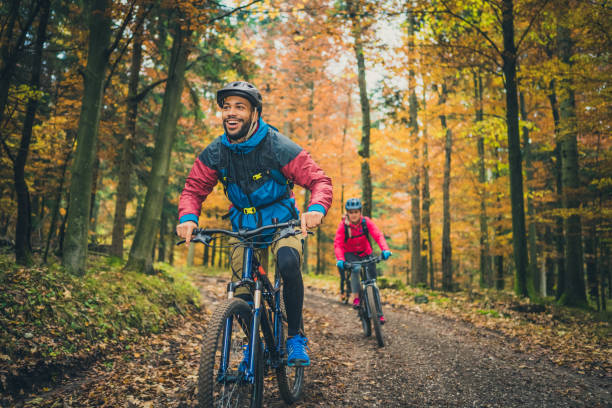Cycling Gloves: Uses, Types, Fit, and Care
Cycling gloves are a small but important part of a rider’s kit, helping with comfort, grip, and protection on short commutes or long rides. They reduce vibration, protect the hands in a fall, and improve control of handlebars and brakes. Whether you ride a commuter bicycle or a performance road bike, the right glove type and fit can make a noticeable difference in comfort and safety.

This article is for informational purposes only and should not be considered medical advice. Please consult a qualified healthcare professional for personalized guidance and treatment.
What are cycling gloves for?
Cycling gloves cover a range of purposes: shock absorption, grip, abrasion protection, and weather management. By placing a thin layer between your palm and bar, cycling gloves reduce pressure on nerves and soft tissues, which can lower numbness during long rides. They also help keep hands clean from chain grease and road grime, and in the event of a crash they provide basic abrasion resistance. Many gloves include touchscreen-friendly patches and sweat wipes on the thumbs for practical on-ride use.
Benefits of padded gloves
Padded gloves add a layer of cushioning in key palm areas to absorb road or trail vibration. Padded gloves can use gel, foam, or synthetic inserts positioned to protect sensitive spots like the ulnar nerve and base of the palm. For riders spending hours in the saddle or encountering rough surfaces, this padding can reduce hand fatigue and numbness. However, too much or poorly placed padding can shift pressure to other areas, so look for gloves where padding aligns with your hand shape and riding posture.
Are fingerless gloves right for you?
Fingerless gloves, often called half-finger gloves, are popular for warm-weather cycling and casual rides. Fingerless gloves provide palm protection and padding while leaving fingertips exposed for better tactile feedback and ventilation. They are useful for frequent gear or phone handling and are generally lighter and cooler than full coverage options. For wet, cold, or technical off-road conditions, fingerless gloves offer less protection and insulation, so consider the season and terrain when choosing them.
When to choose full finger gloves
Full finger gloves cover the entire hand and are chosen for cooler weather, downhill or mountain biking, and situations requiring more protection. Full finger gloves can provide thermal insulation, improved grip in wet conditions, and better abrasion resistance in crashes or branches. Many full finger models have reinforced palms, knuckle protection, and weatherproof materials. If your rides include cold mornings, technical descents, or higher risk of hand impacts, full finger gloves are a practical option to consider.
Choosing gloves for your bicycle rides
Selecting gloves should match your typical rides and bike type. Commuters and urban riders may prioritize lightweight, quick-dry fingerless gloves with reflective details. Road cyclists often value thin, padded gloves that balance ventilation and cushioning for long distances. Mountain bikers and gravel riders usually choose full finger gloves with durable palms and added protection. Fit is important for any bicycle discipline: gloves should be snug without restricting circulation and allow full brake and shifter operation.
Care and fit of cycling gloves
Proper fit starts with measuring palm circumference and trying gloves with the type of socks or liners you might use. Gloves that are too loose can bunch and reduce control; too tight gloves can restrict circulation and cause discomfort. For care, rinse or hand-wash gloves after sweaty rides and air dry away from direct heat to preserve padding and fabric. Replace gloves when padding compresses or abrasion wears through the material; regular inspection for seams and wrist closures ensures ongoing performance and safety.
Conclusion
Cycling gloves serve practical roles in comfort, control, and protection for all kinds of riders. Understanding the differences between padded gloves, fingerless gloves, and full finger gloves — and matching those features to your bicycle use, climate, and preferred fit — helps you choose the right pair for safer, more comfortable rides.






